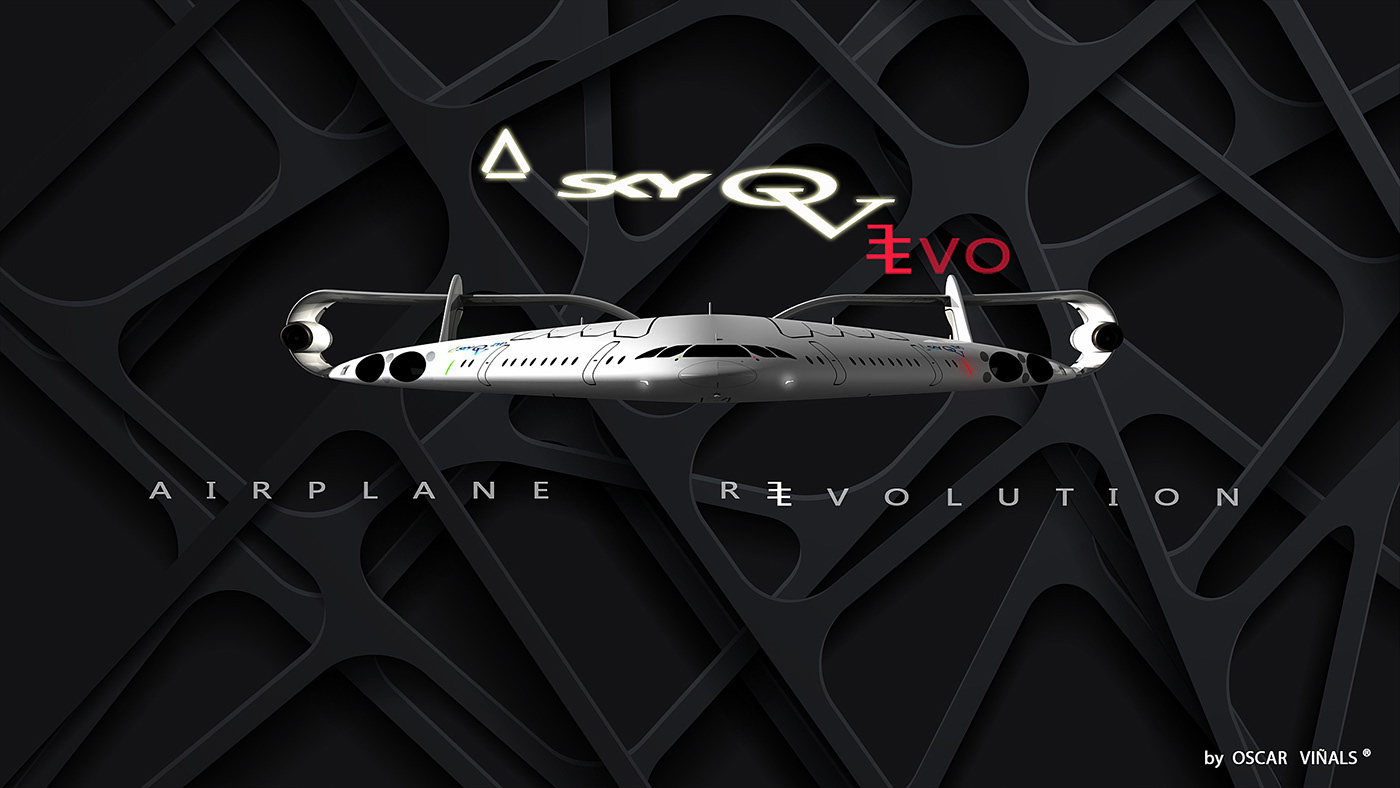
The "Sky OV evo", transonic airplane that
redesign "the art" of flying
redesign "the art" of flying
Outside of spaceflight, human aviation is one of the most improbable of all human achievements.The next generation of commercial airplanes could be radically "disruptive" than current airplanes... fuselages, engines, power sources and other aviation systems, that today look like Sci-fi would be real. Indeed, the greatest question facing the aviation industry today is: why does progress seem to be so difficult to achieve? Why have we seen regression on metrics like speed, altitude, and commercial flight times? Why can’t we continue the legacy of supersonic commercial travel inaugurated by the famed Concorde of the 1970s?
The future airplane's engines and aircraft would be lighter, quieter and more efficient, the experience to fly would be considerably different than today, more space, special commodities, all kind of luxuries... etc . Our aircraft designs research focuses on these enabling technologies and their application to future flight concepts is full of amazing innovations.
The future airplane's engines and aircraft would be lighter, quieter and more efficient, the experience to fly would be considerably different than today, more space, special commodities, all kind of luxuries... etc . Our aircraft designs research focuses on these enabling technologies and their application to future flight concepts is full of amazing innovations.

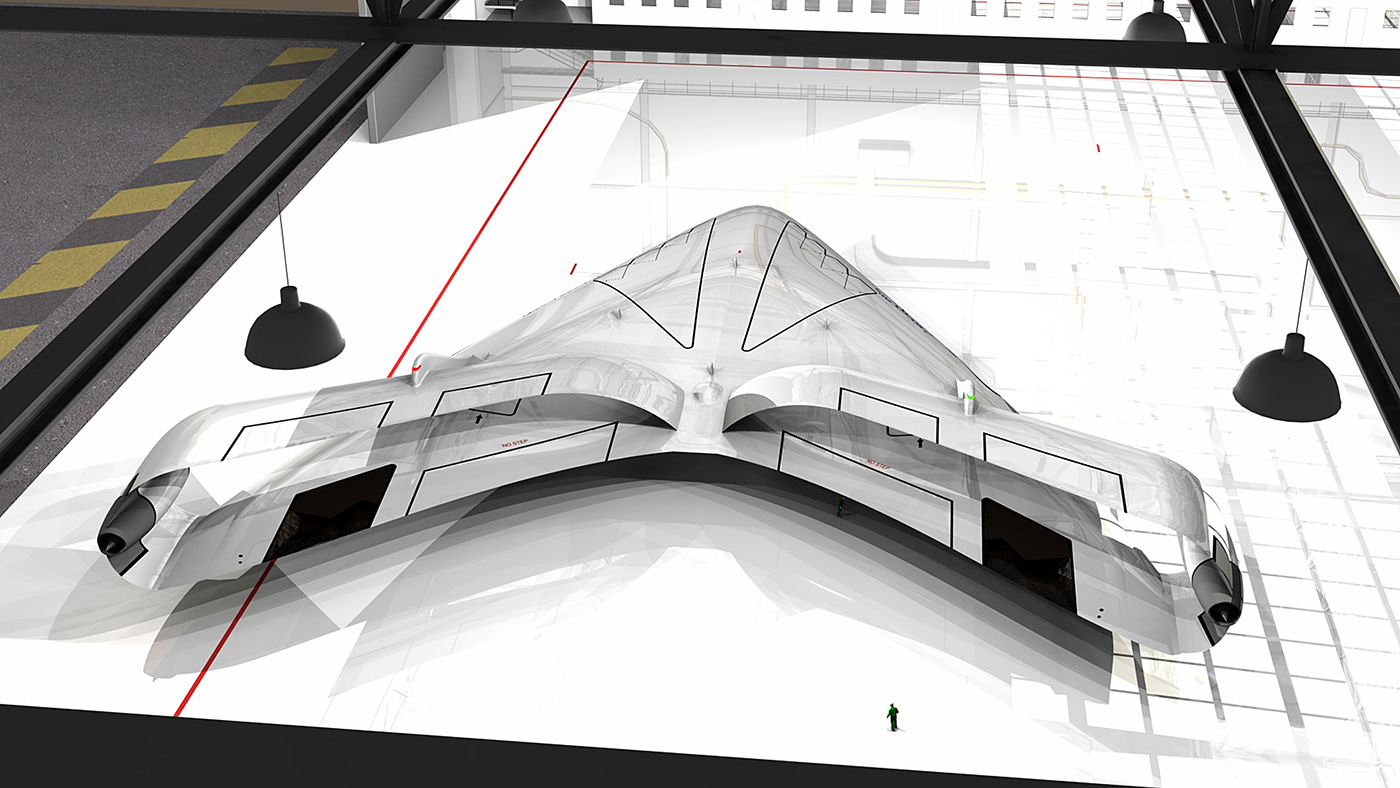
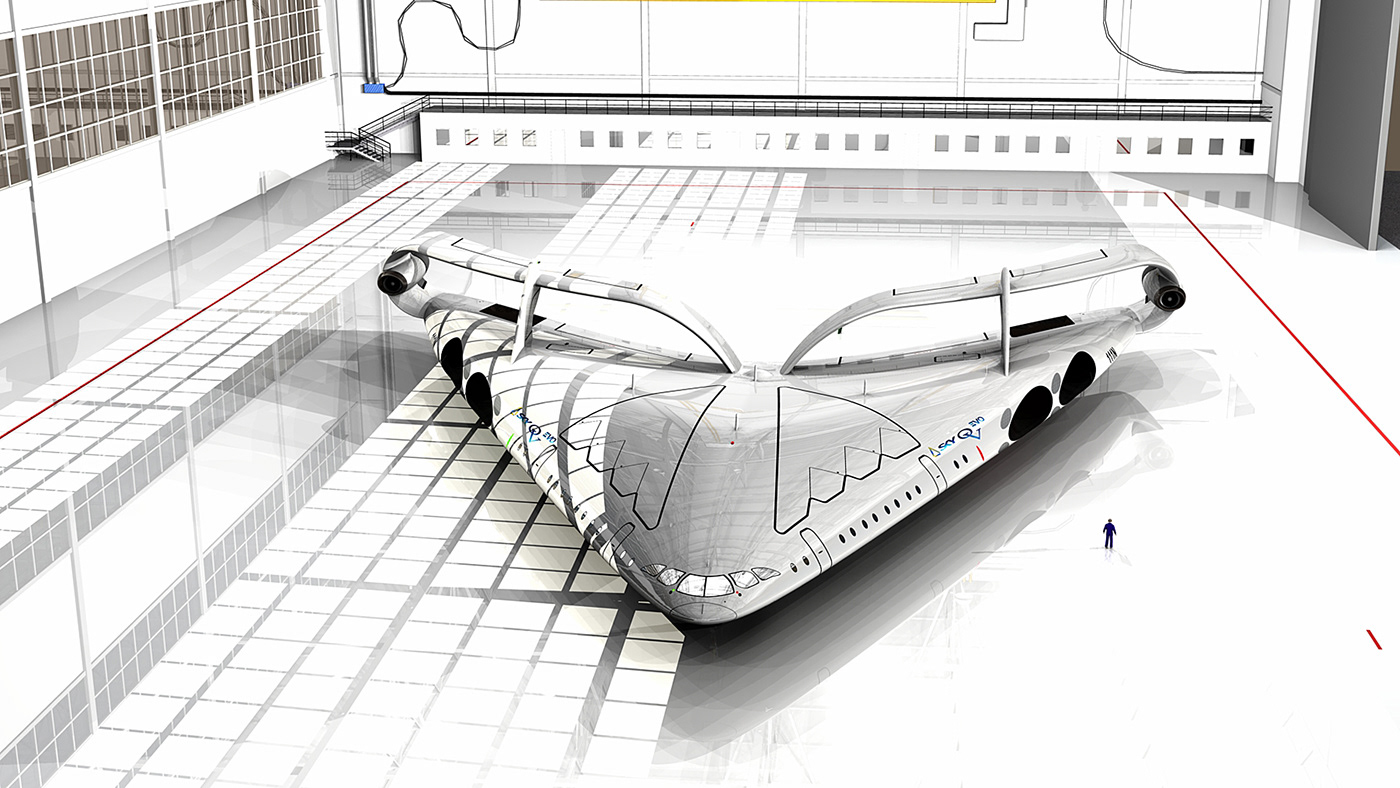

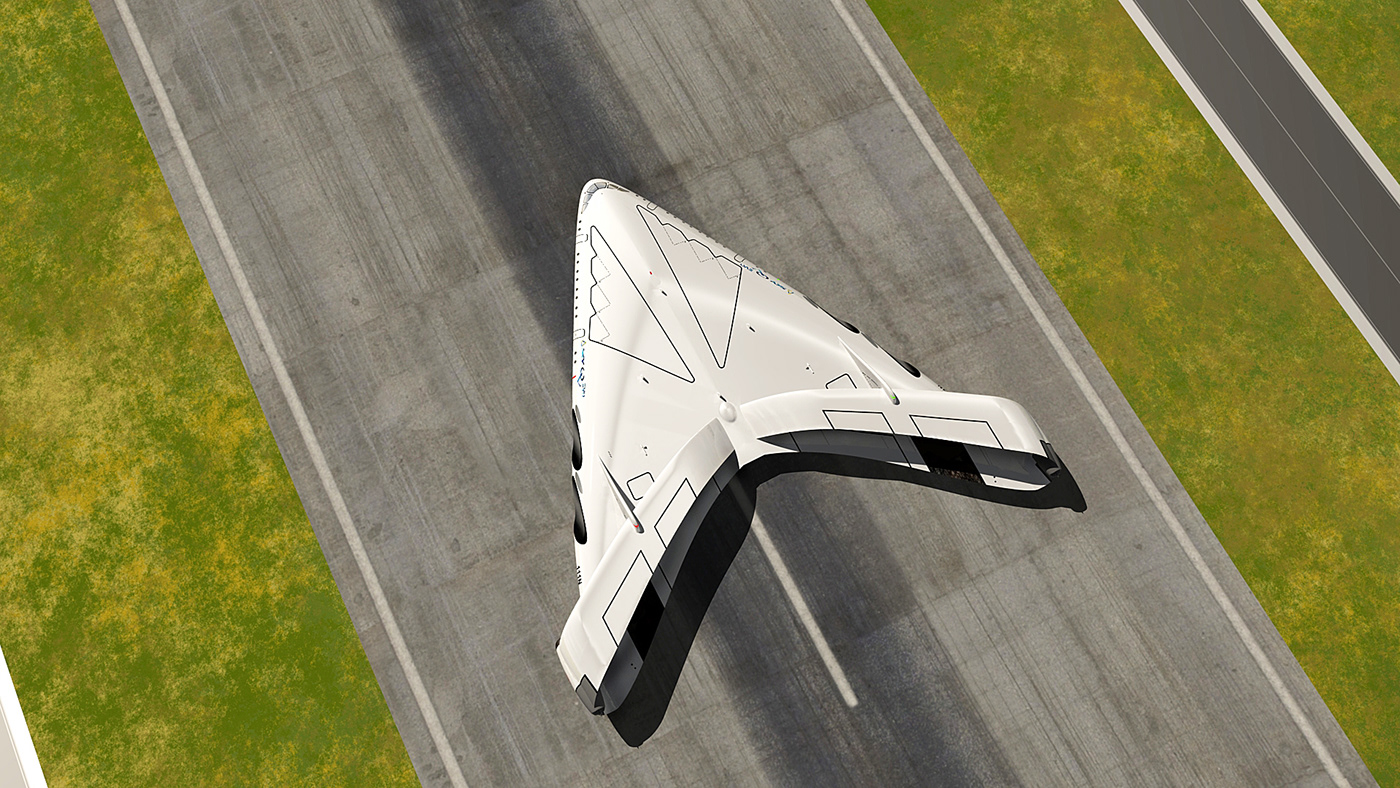
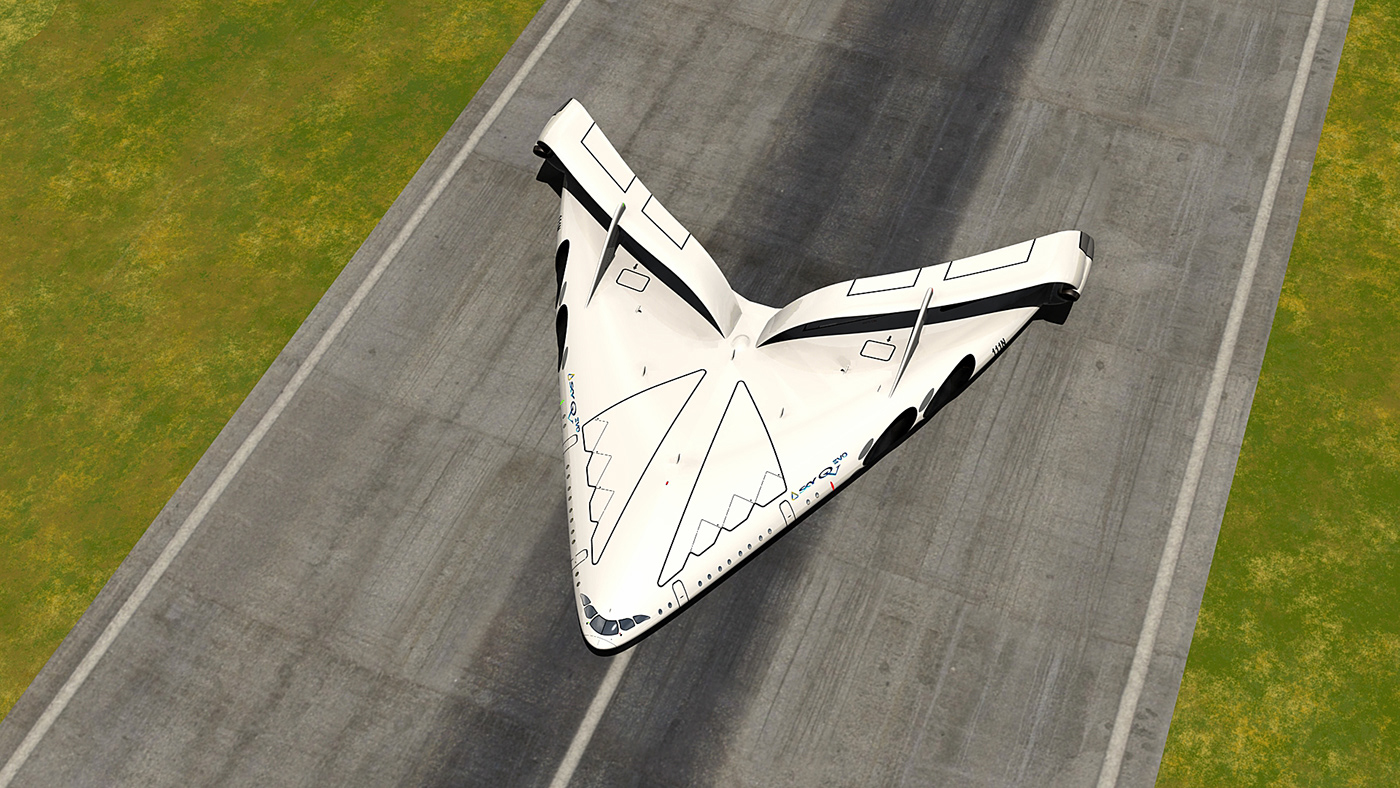
The "Sky OV evo" is a concept plane based on the future proposal about of the “blended wing body” with two wings on top of the fuselage in the shape of a double arch. This entirely new aircraft shape looks similar to the “flying wing” design used by military aircraft such as the iconic B-2 bomber, but the blended wing has more volume in the middle section. The blended wing allows the entire aircraft to generate lift, minimizing drag. NASA says that this shape “helps to increase fuel economy and creates larger payload (cargo or passenger) areas in the center of the aircraft's fuselage.”
An aircraft of this type would have a wingspan slightly greater than a Boeing 747 and could operate from existing airport terminals, adding that the plane would also “weigh less, generate less noise and emissions, and cost less to operate than an equally advanced conventional transport aircraft.
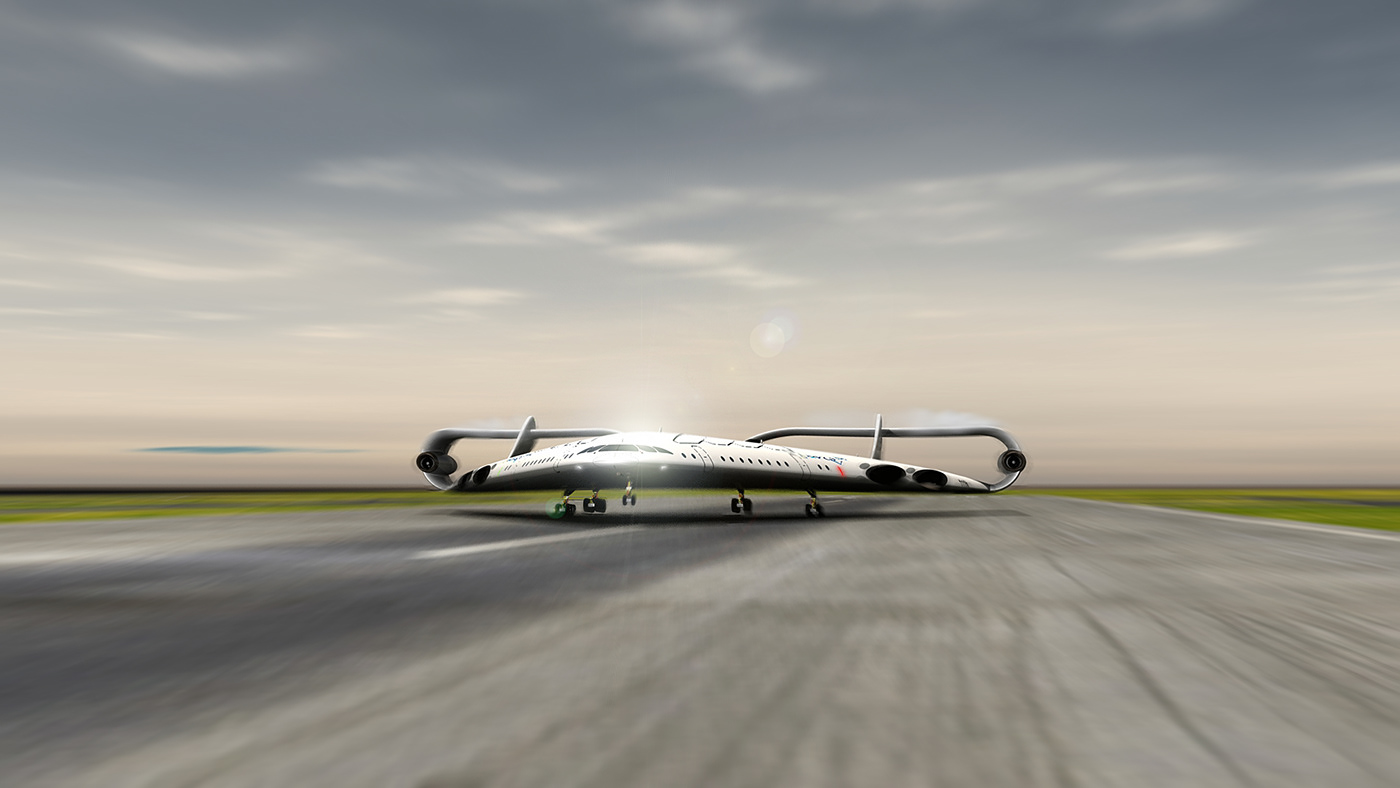

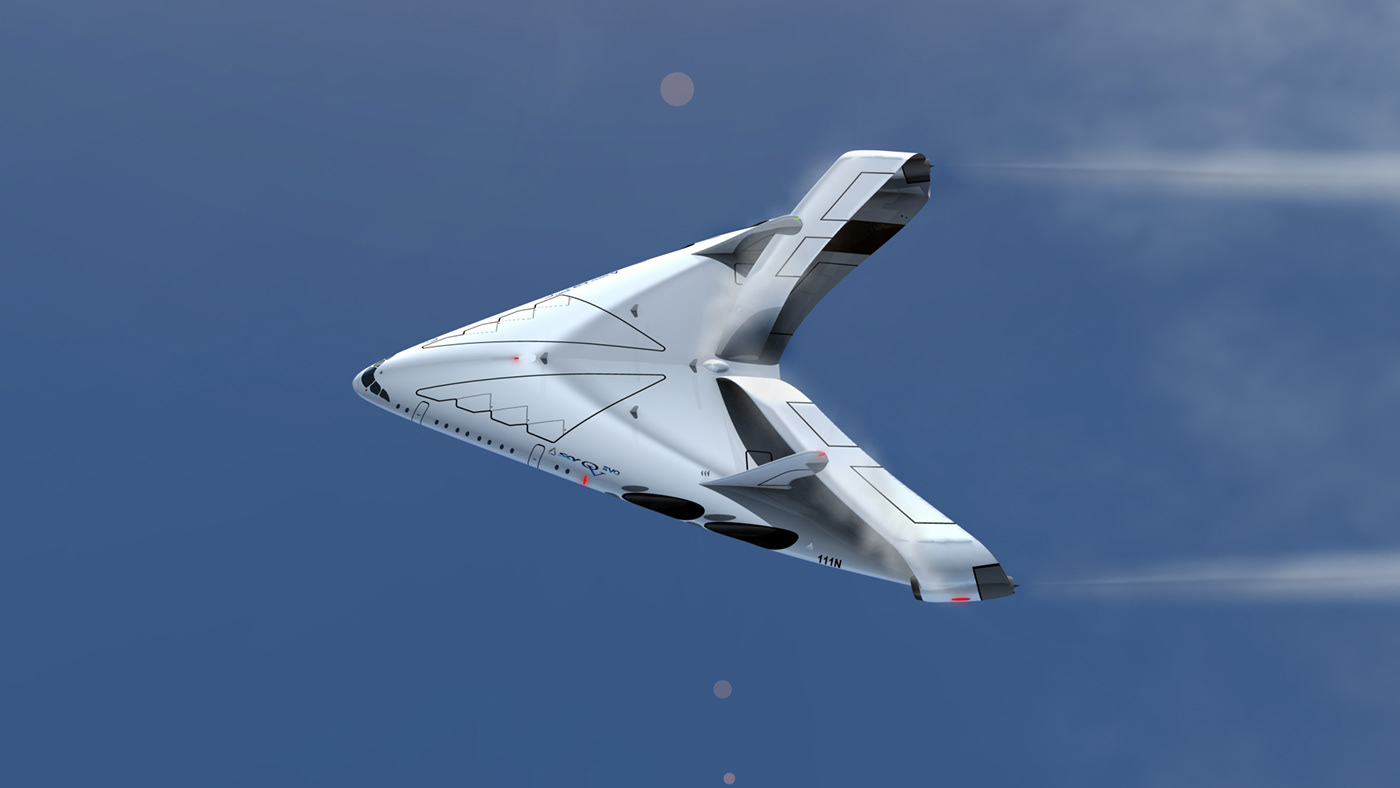


Inspired on the new kind of airplanes engines with bladeless turbojet engines (type Dyson concept), a super quite system at subsonic, transonic speed and engines based on pulse detonation more efficient than current turbojet engines with skills similar to a ramjet engine.
Built with the latest technology in aperiodic metamaterial, Magic-angle graphene structures (superconductivity), Twistronics (is a field of study that emerged from the intersection of nanotechnology and materials science), quantum technology and more...
Built with the latest technology in aperiodic metamaterial, Magic-angle graphene structures (superconductivity), Twistronics (is a field of study that emerged from the intersection of nanotechnology and materials science), quantum technology and more...
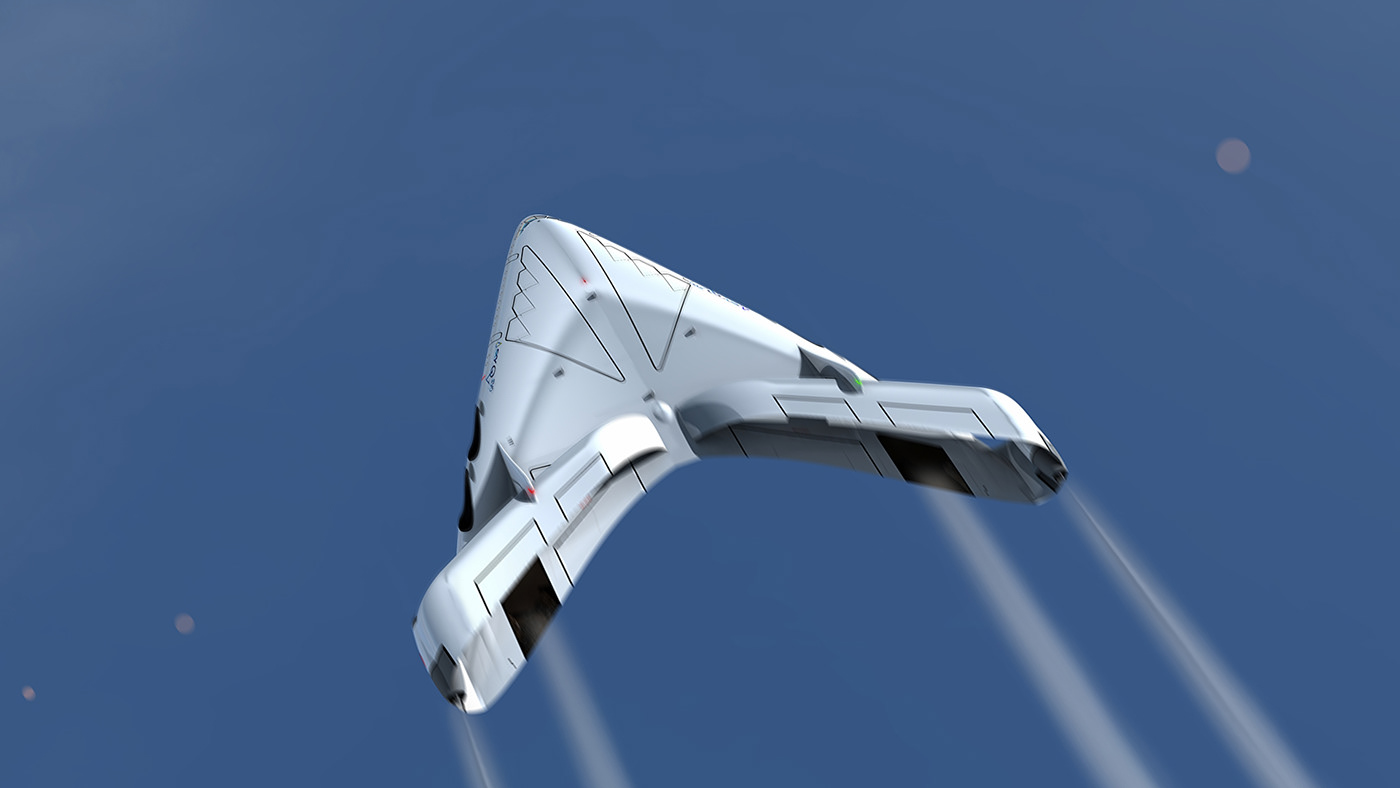
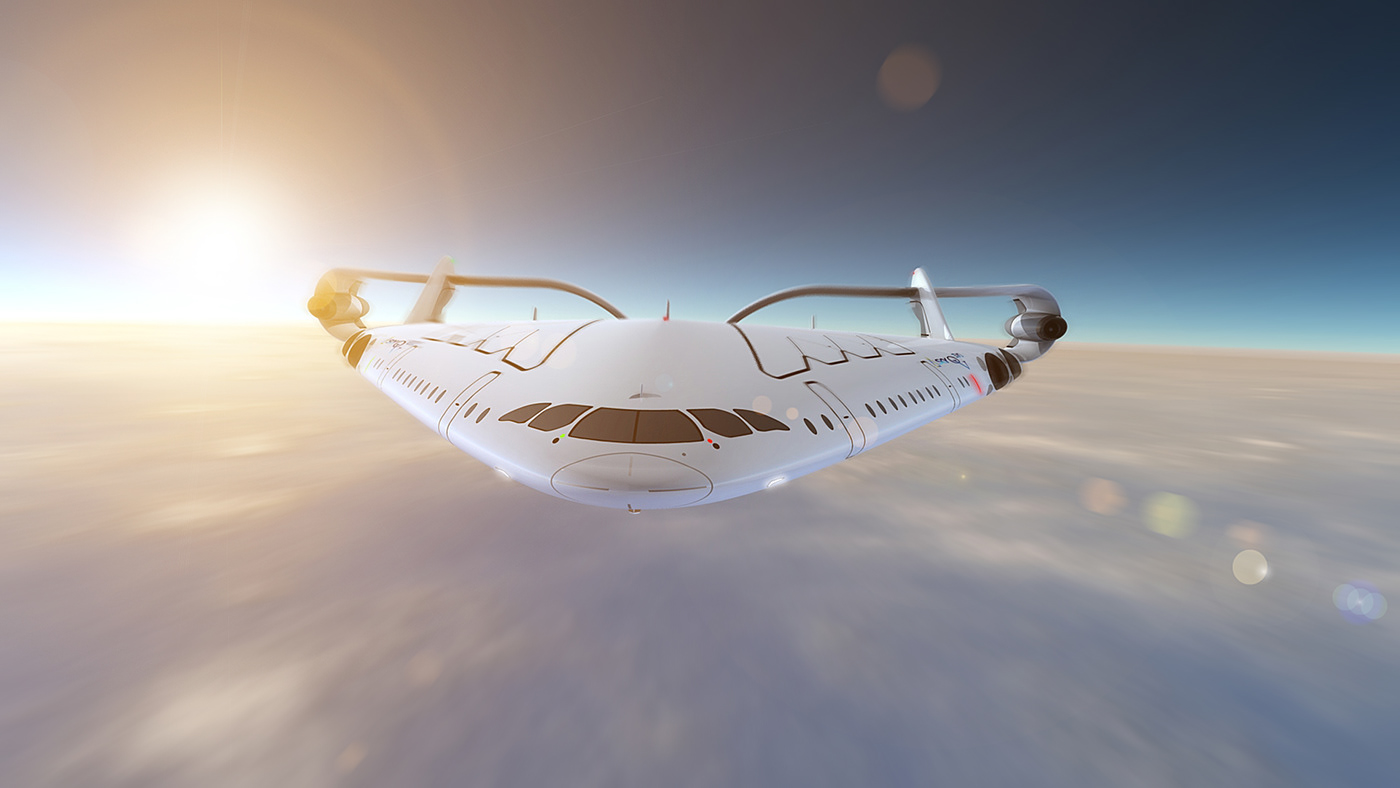
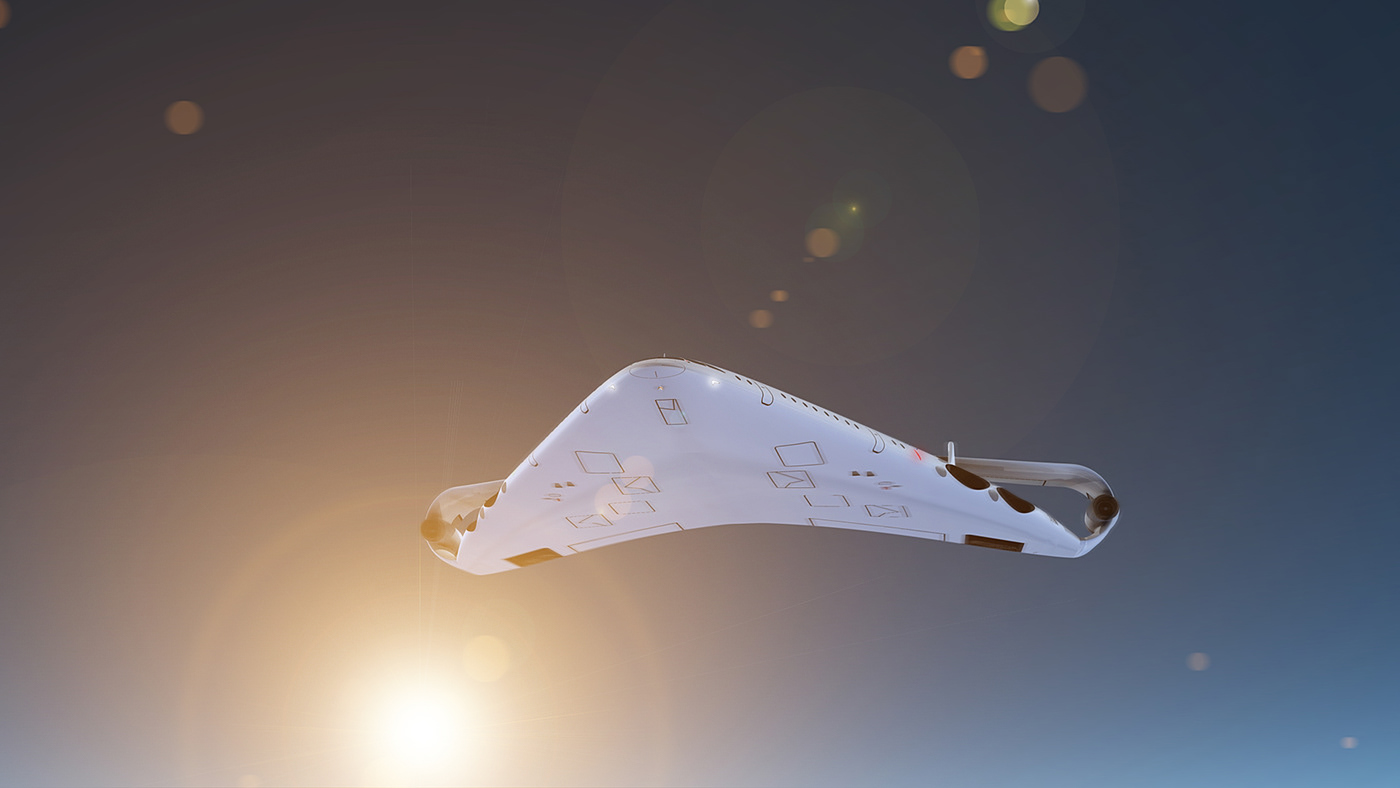
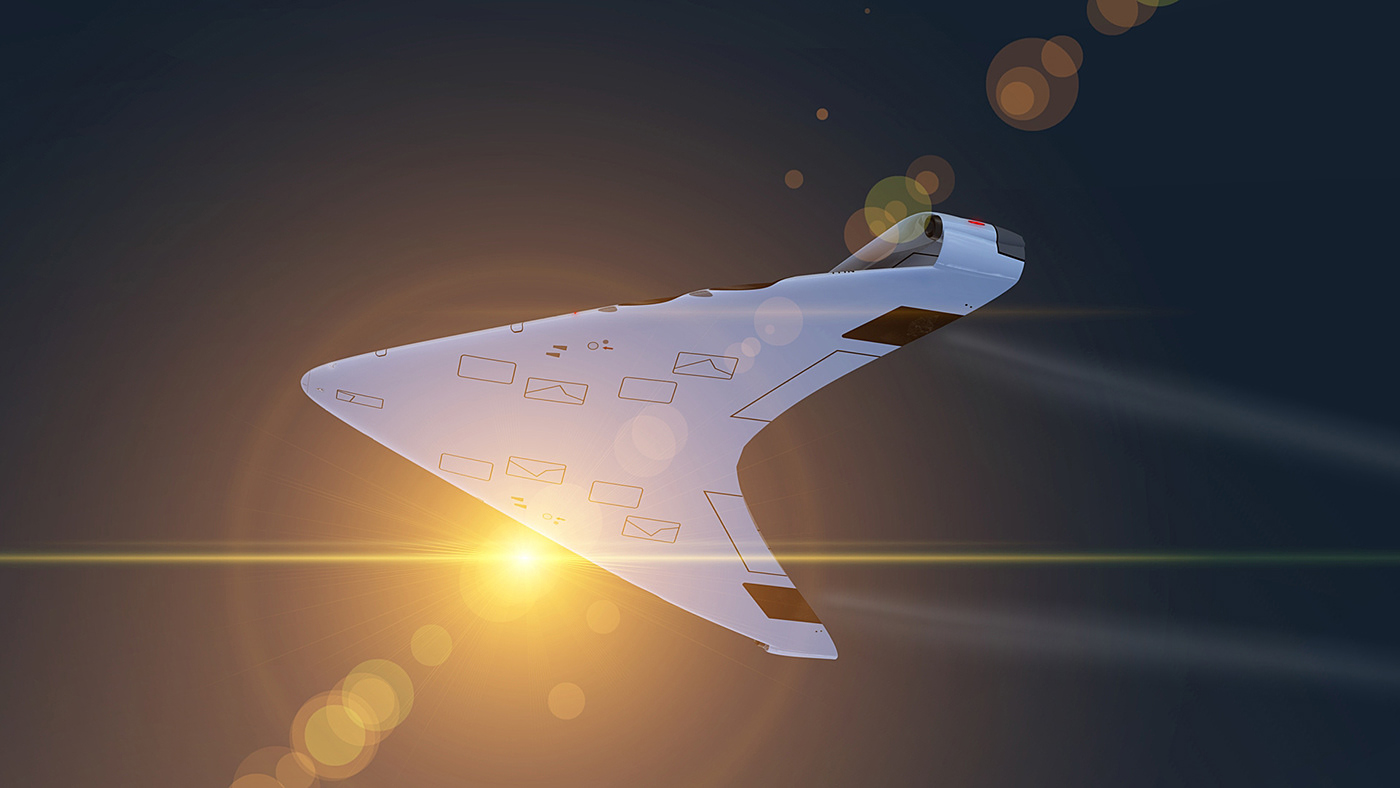
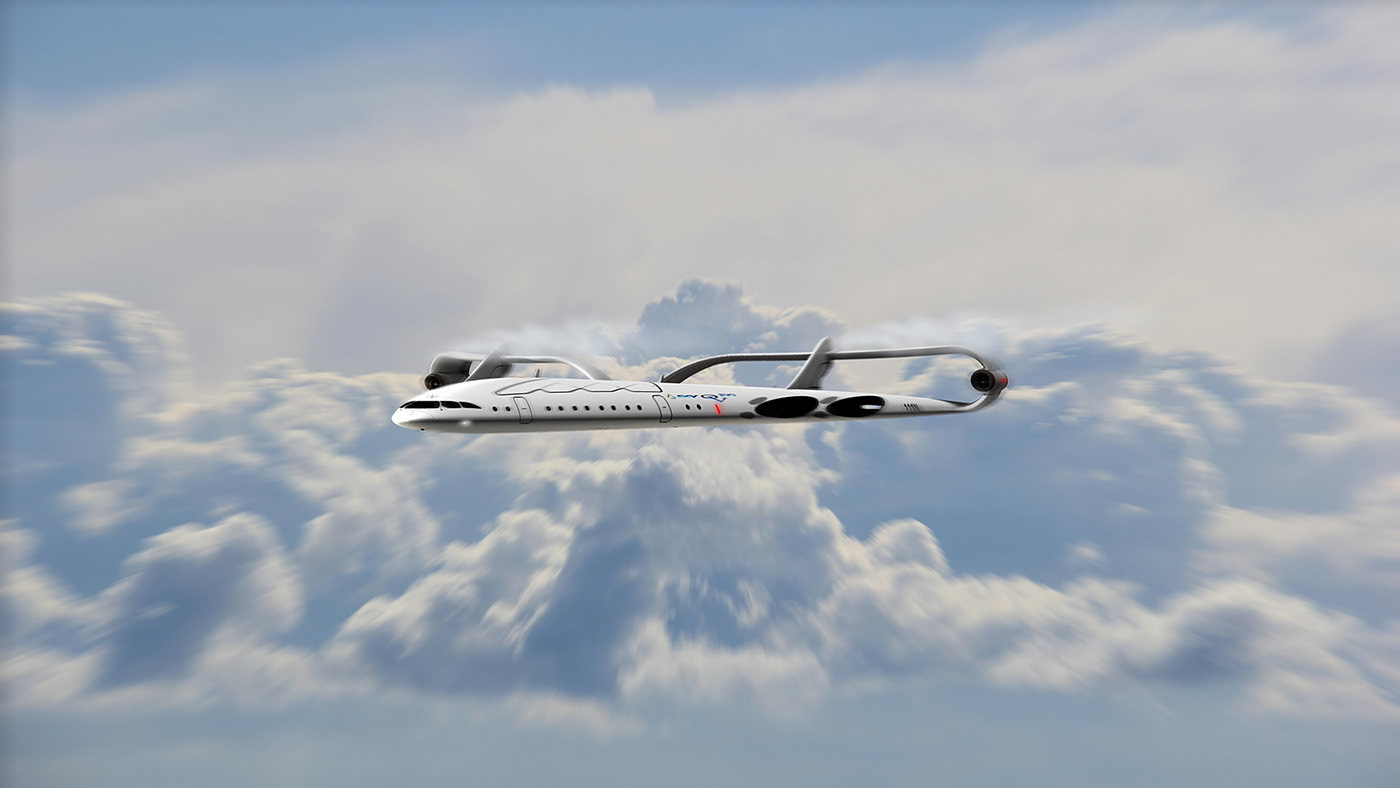




More efficient and with a better performance, totally eco-friendly, powered by hydrogen fuel and electric power, capable to cover long distances with a very low hydrogen fuel consumption, zero emissions and a cruise speed of Mach 1.
The "Sky OV evo" could have a blended wing body fuselage with a better performance than current standard airplanes shapes due to its mass distribution and its flight behaviour. Like some other currently airplanes concepts, developed by the best aerospace and aeronautical companies, as the best option for the next generation of commercial airplanes.
This concept plane could transport as standar configuration 200 passengers (maximum 300) in a very comfortable conditions, with a multi-configuration space and all kind of commodities and luxury devices
The "Sky OV evo" could have a blended wing body fuselage with a better performance than current standard airplanes shapes due to its mass distribution and its flight behaviour. Like some other currently airplanes concepts, developed by the best aerospace and aeronautical companies, as the best option for the next generation of commercial airplanes.
This concept plane could transport as standar configuration 200 passengers (maximum 300) in a very comfortable conditions, with a multi-configuration space and all kind of commodities and luxury devices
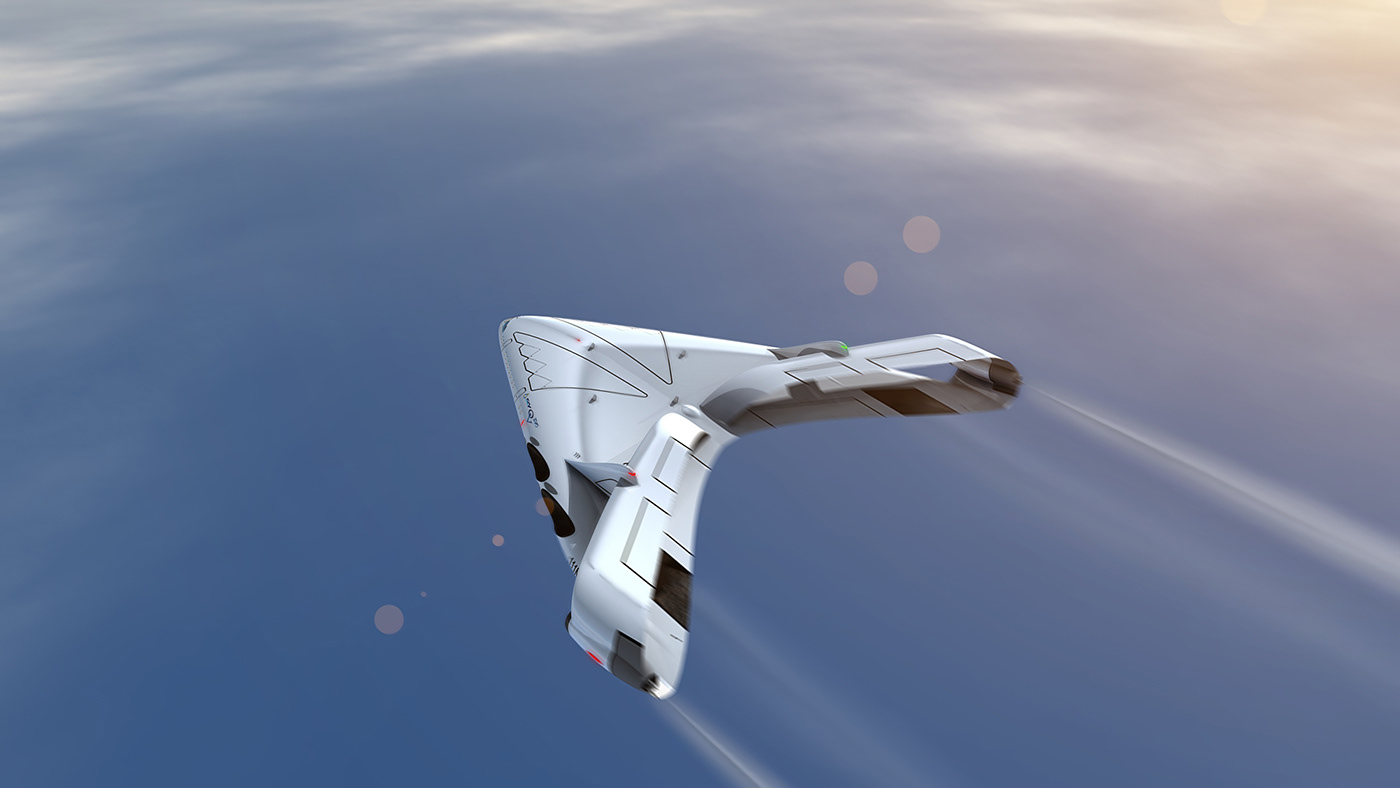
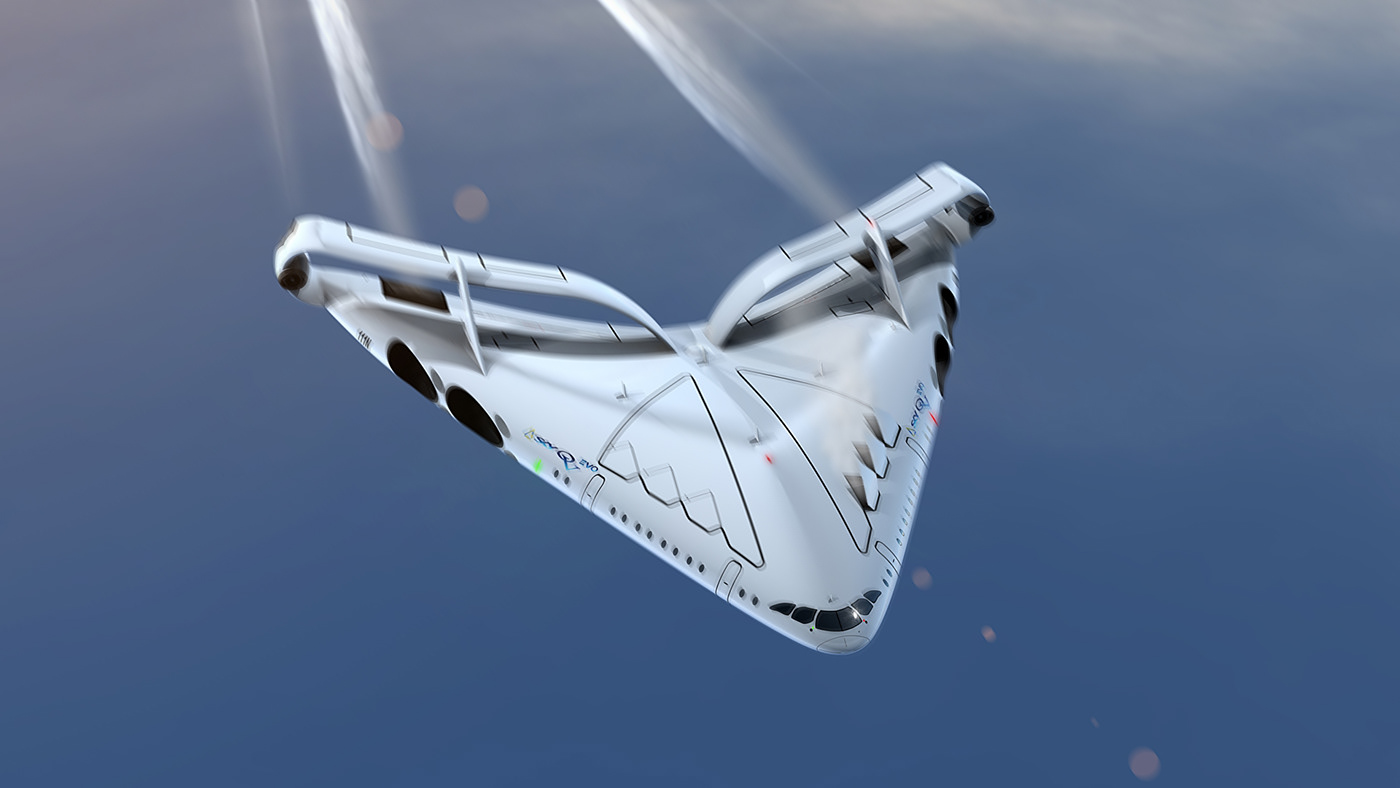
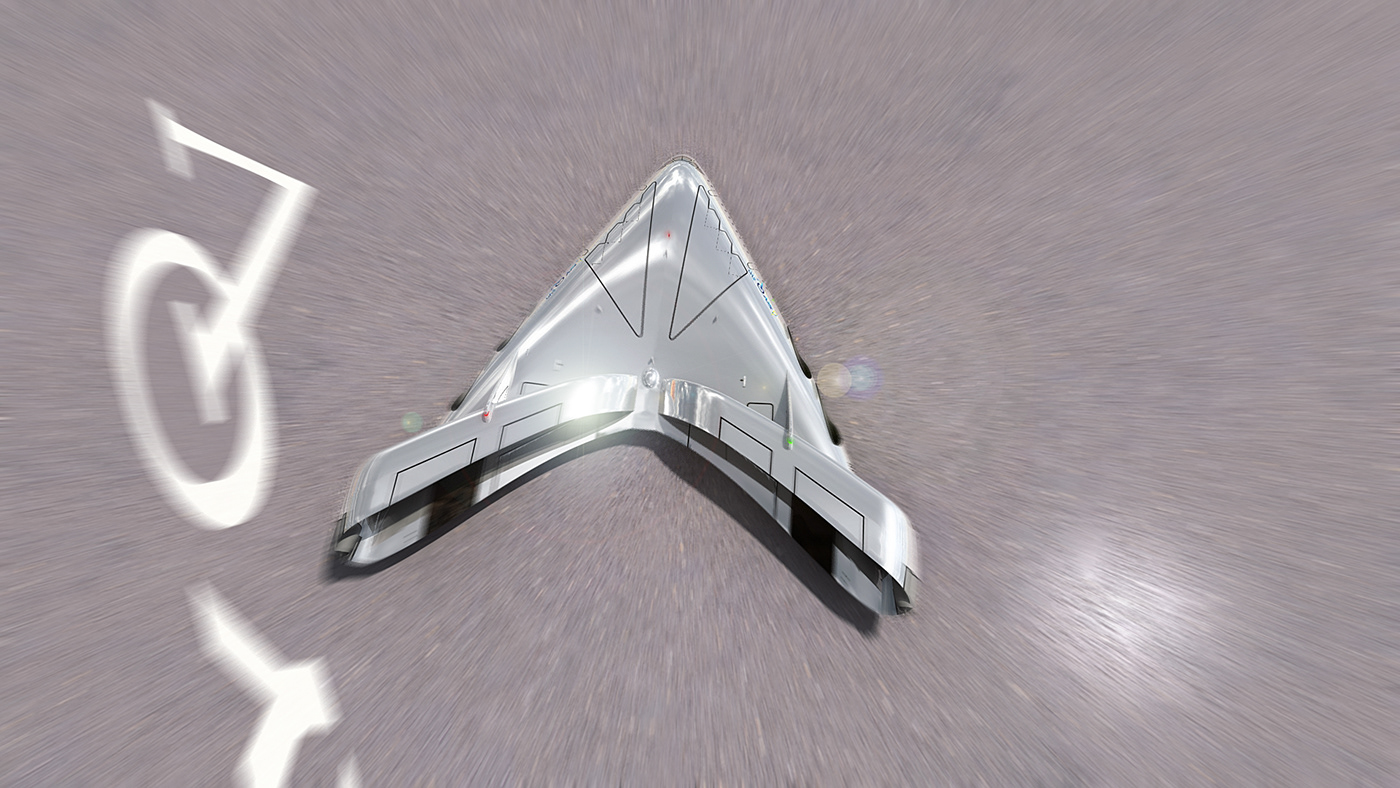
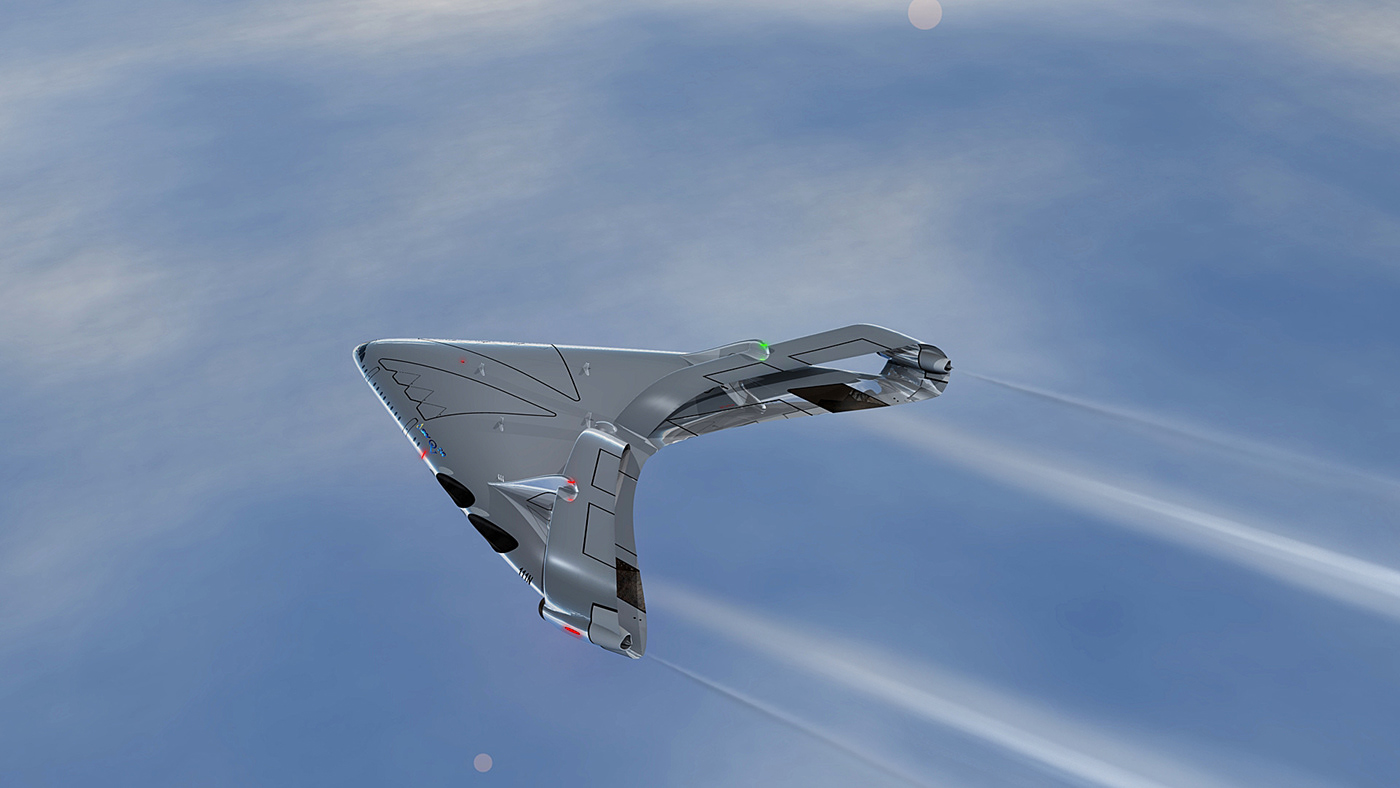
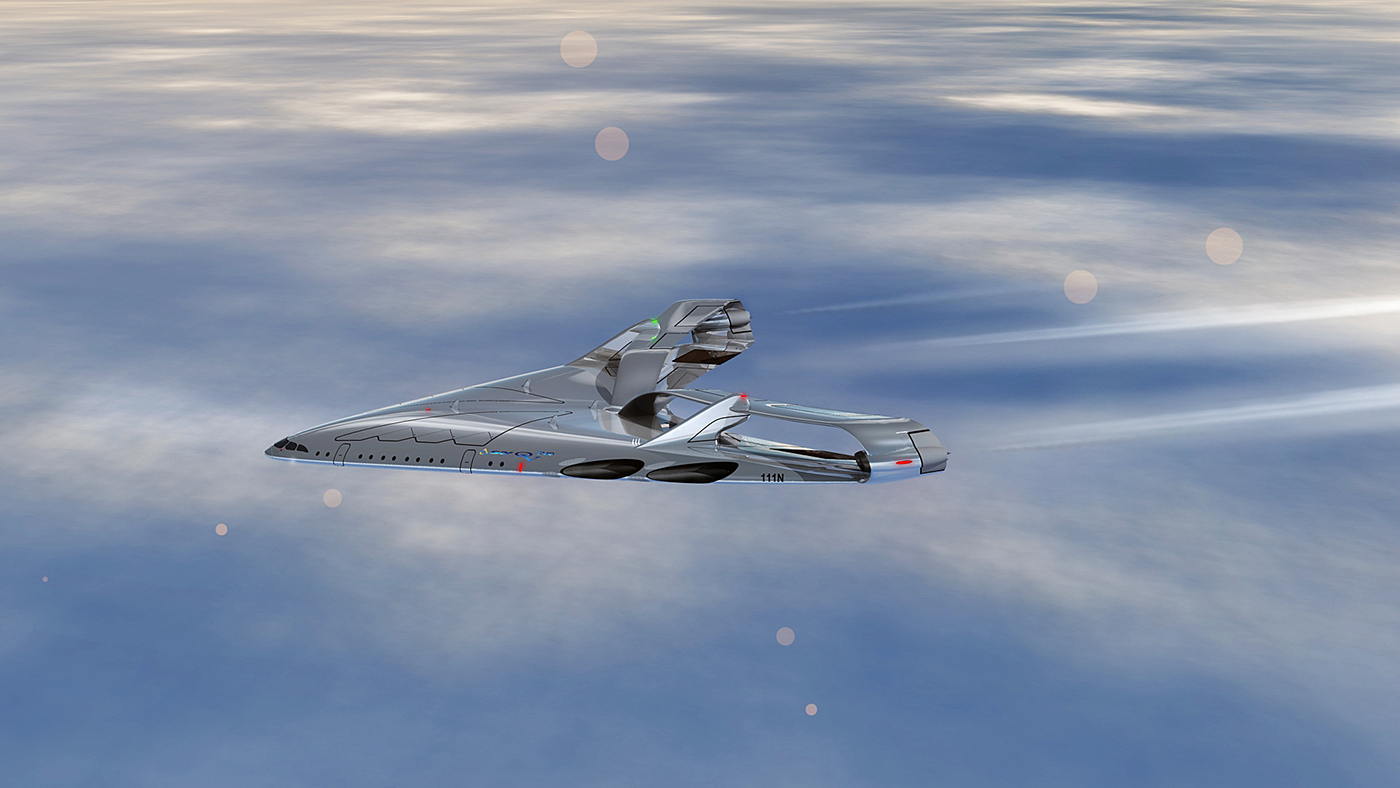
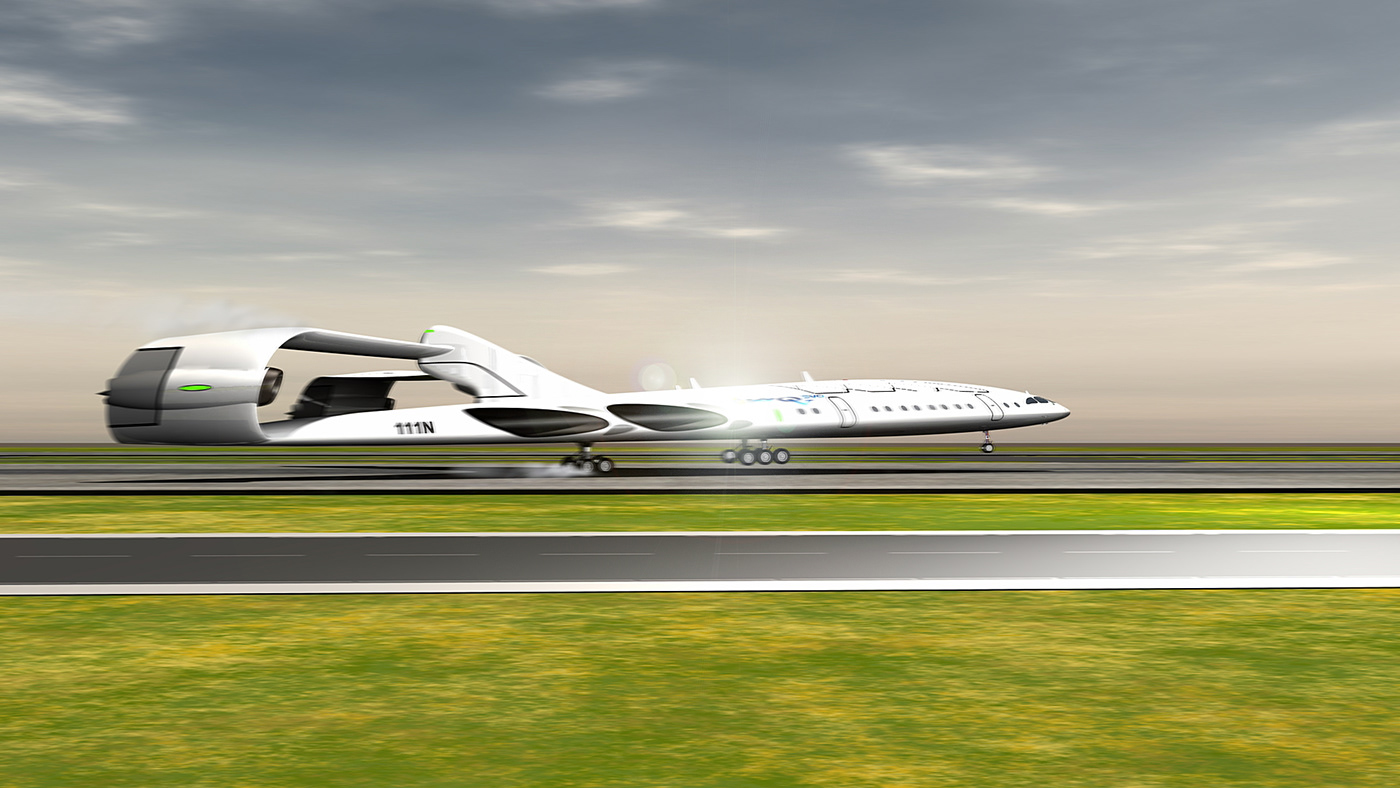
- Fuselage's paint with Quantum Solar Dots QSD
Quantum solar dot cell manufacturing refers to solar cell that uses quantum dots to absorb the photovoltaic material. These cells are used to replace the bulky material such as silicon or copper indium gallium selenide and have the potential to reduce wasteful heat and capitalise on the amount of sun’s energy for conversion to electricity.
This concept plane could have integrated into the ceiling, quantum solar dots that could produce electric power from the Sun beams.
This concept plane could have integrated into the ceiling, quantum solar dots that could produce electric power from the Sun beams.
- Ailerons assisted by AI
The ailerons located on the top of the airplane could be controlled by an AI system in order to improve the sustentation of the "Sky OV evo" and to performance the air flow over it in all kind of maneuvers (take off and landing).
- Hybrid Dyson Fluidic Propulsion Air Multiplier (FPAM) bladeless engine
The props on today’s aircraft are inefficient, noisy & dangerous — but an innovative new bladeless propulsion system offers an alternative for 21st century aviation.Dyson has been making bladeless fans for a few years now that accelerate a consistent stream of air without exposed blades.
The system could turn the air surrounding a craft into powerful thrust capable of supersonic speed. Helmholtz cavities make noise, of course. Figure out exactly how these cavities work, and then you can control that noise. Furthermore, by adding Helmholtz cavities of sorts into the base of the FPAM, engineers increased air pressure. And ultimately these cavities began
to work as silencers.
The system could delivers more thrust and uses 50% less fuel than a small turbojet. Compared to turbofans or turboprops, it's about 30% lighter and much less mechanically complex – clear advantages in aviation.
The system could turn the air surrounding a craft into powerful thrust capable of supersonic speed. Helmholtz cavities make noise, of course. Figure out exactly how these cavities work, and then you can control that noise. Furthermore, by adding Helmholtz cavities of sorts into the base of the FPAM, engineers increased air pressure. And ultimately these cavities began
to work as silencers.
The system could delivers more thrust and uses 50% less fuel than a small turbojet. Compared to turbofans or turboprops, it's about 30% lighter and much less mechanically complex – clear advantages in aviation.
- Hybrid PDE (Pulse Detonation Engine) & turbofan engine
A pulse detonation engine is a propulsion device that uses controlled explosions to create thrust. These types of engines have been researched for use in supersonic aircraft. Theoretically, pulse detonation engines are more efficient than traditional jet engines at high velocities, and can drive an aircraft to four or five times the speed of sound.
Some researchers believe that pulse detonation engines can be combined with other types of engines. This type of hybrid system might allow an aircraft to use a fuel-efficient jet engine during takeoff, and then switch to the more powerful detonation engine for high-speed cruising.
Some researchers believe that pulse detonation engines can be combined with other types of engines. This type of hybrid system might allow an aircraft to use a fuel-efficient jet engine during takeoff, and then switch to the more powerful detonation engine for high-speed cruising.
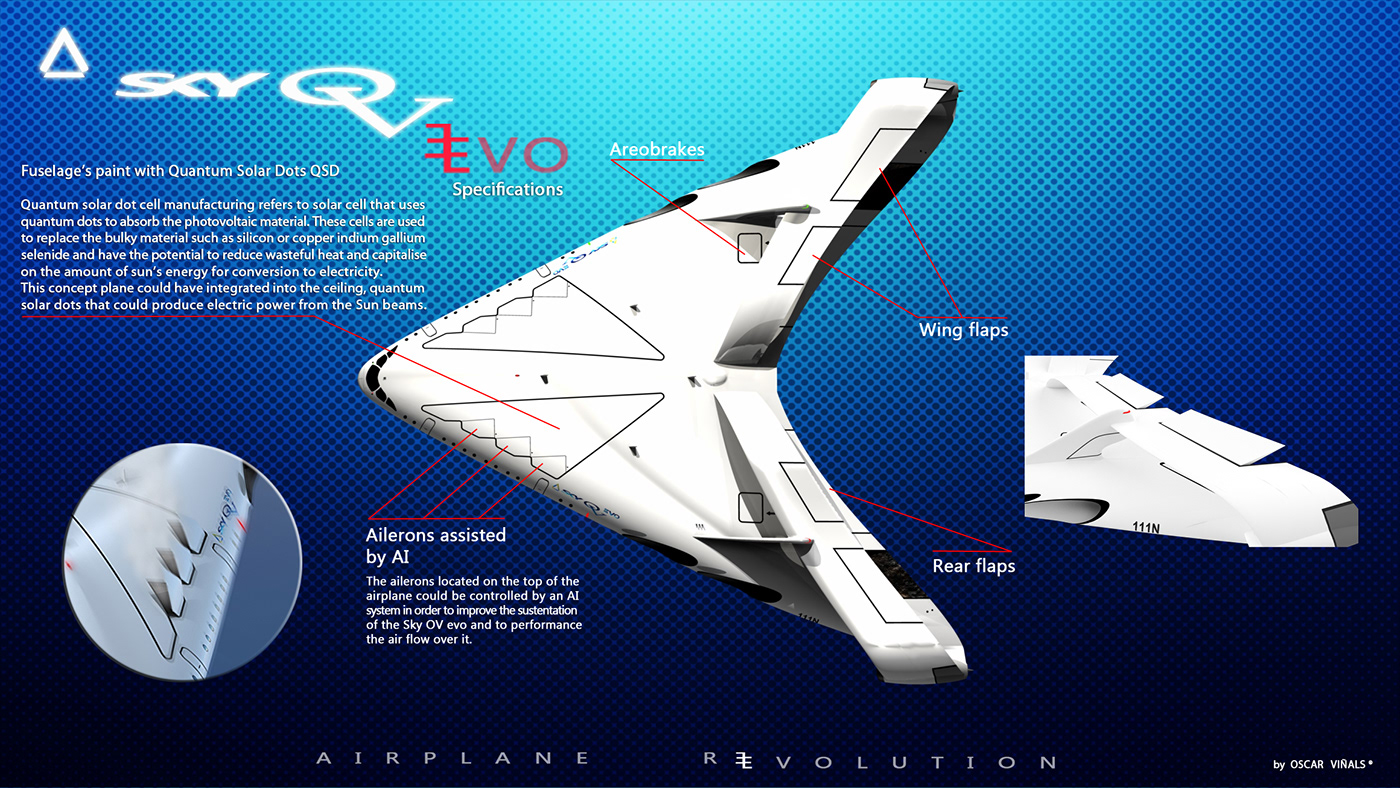

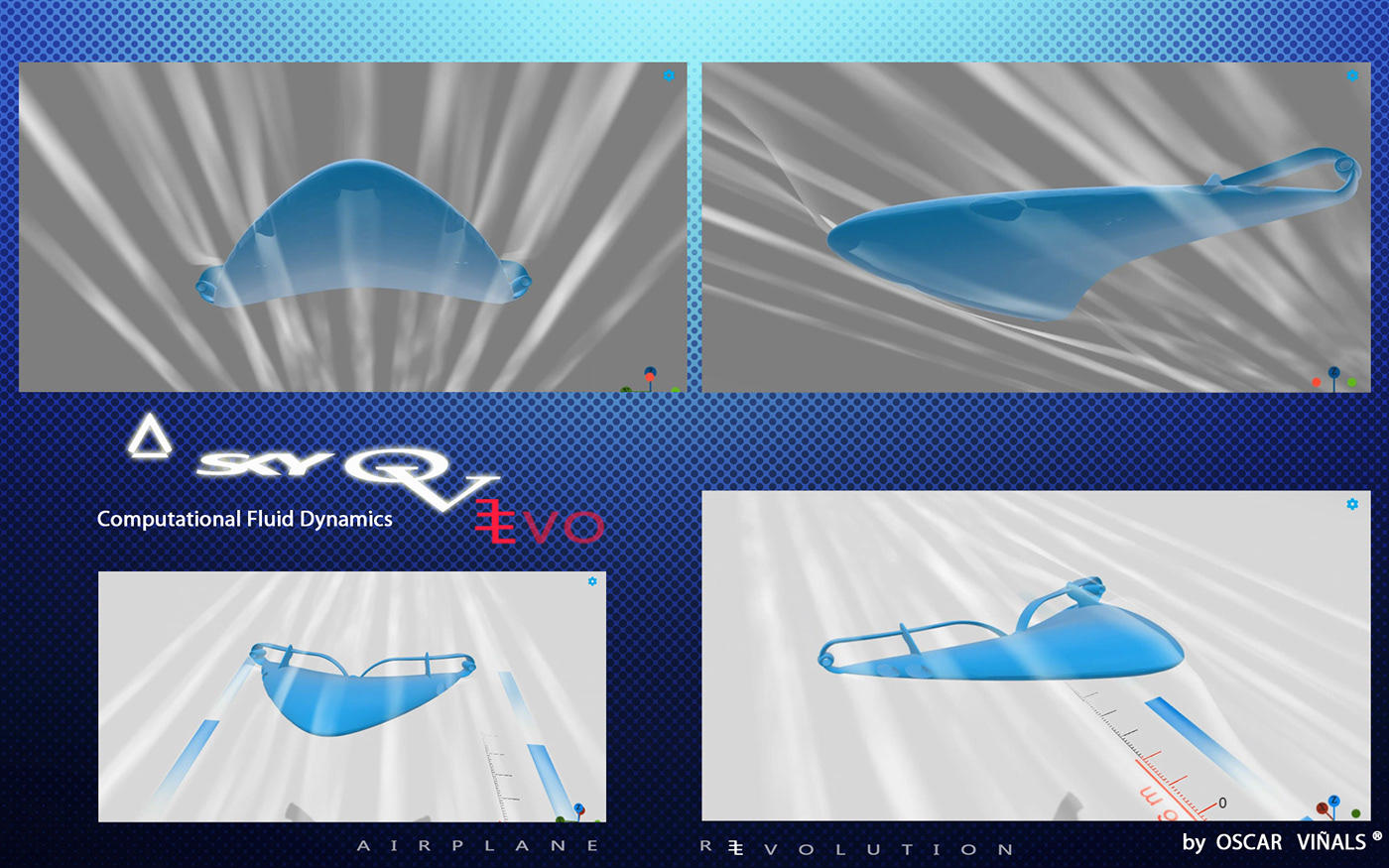

"Sky OV evo" Specifications:
Crew: 2 (cockpit)
Capacity: Passengers: 200 typical (300 max.)
Maximum payload: 70 t (154,323 lb)
Length: 45,5 m (149.2 ft )
Wingspan: 45,3 m (148.6 ft )
Height: 6,2 m (20.3 ft)
Wing area: 938,8 m2
Empty weight: 243,000 kg (535,723 lb)
Max takeoff weight: 515,000 kg (1,135,381 lb)
Cruise speed: 1,470 km/h (913 mph) Mach 1.2
Max speed: 1,837 km/h (1,141 mph) Mach 1.5
Range: 16,600 km (10,314 mi)
Service ceiling: 13,000 m (43,000 ft)
Landing speed: 118,8 kn (220 km/h; 136.7 mph)
Takeoff: 2,200 m (7.218 ft)
Next challenge... a private flying saucer


